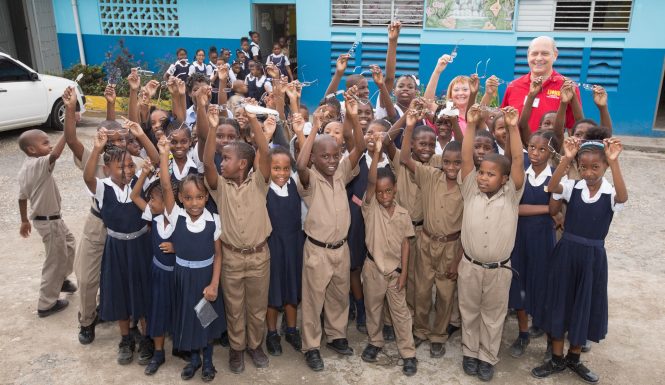“Excuse me ma’am, is there anywhere to eat at this hospital?” I asked the resident at Annotto Bay. She chuckled and responded, “Yes, there is a tuck shop right around that corner.” I thanked her, but in the back of my mind I had no idea what she was talking about. After multiple conversations with Diane, our driver Everton, and finally just breaking down and following the signs to the ‘Tuck Shop,’ I am pleased to say that I now know where to purchase my snacks! Yes, a snack shop! Now, for a little history on the origin of a Tuck Shop brought to you by our neighborhood sponsor…Le Google – The term “tuck”, meaning food, is slang and probably originates from such phrases as “to tuck into a meal”.

Along with being enlightened, we also managed to squeeze in some clinical experience. We saw, literally, the CUTEST babies everrrrrrrrr in clinic this morning. I joked with the mom’s while giving lots of advice on seborrheic dermatitis and breastfeeding. Meanwhile, Wanda saw a patient with congenital syphillis!

To wrap up our day, we saw a little girl who had stubbed her toe on a dresser and developed a painful abscess. We performed an I&D in A&E with the help of her mother and the sweetest nurse ever. I’m sure that little girl will thank us….not today….but some day…perhaps.



Signing off,
Wanda and Shanna (while sipping smoothies at the fruit and veggie bar and watching the waves hit the shoreline)
…until next time!











Connect With Us